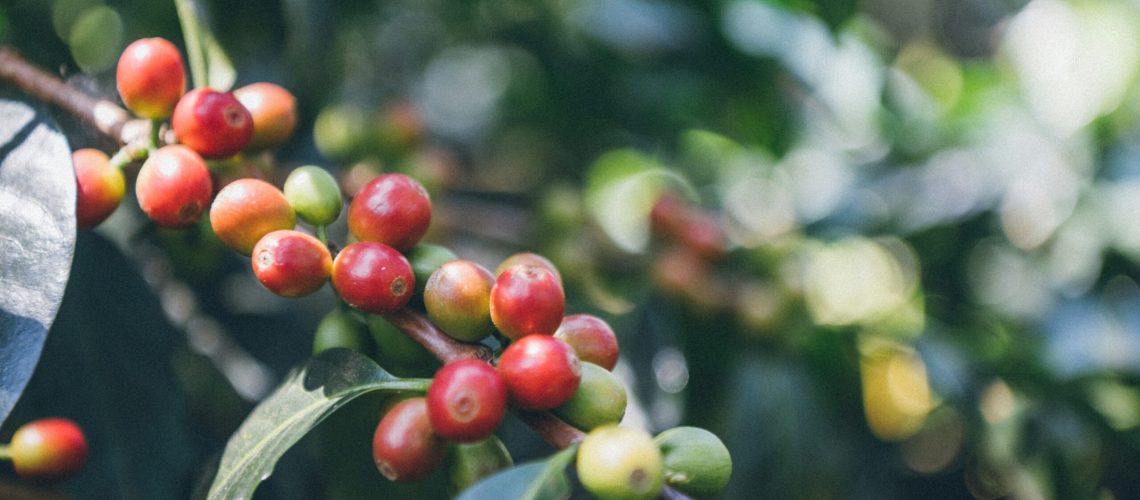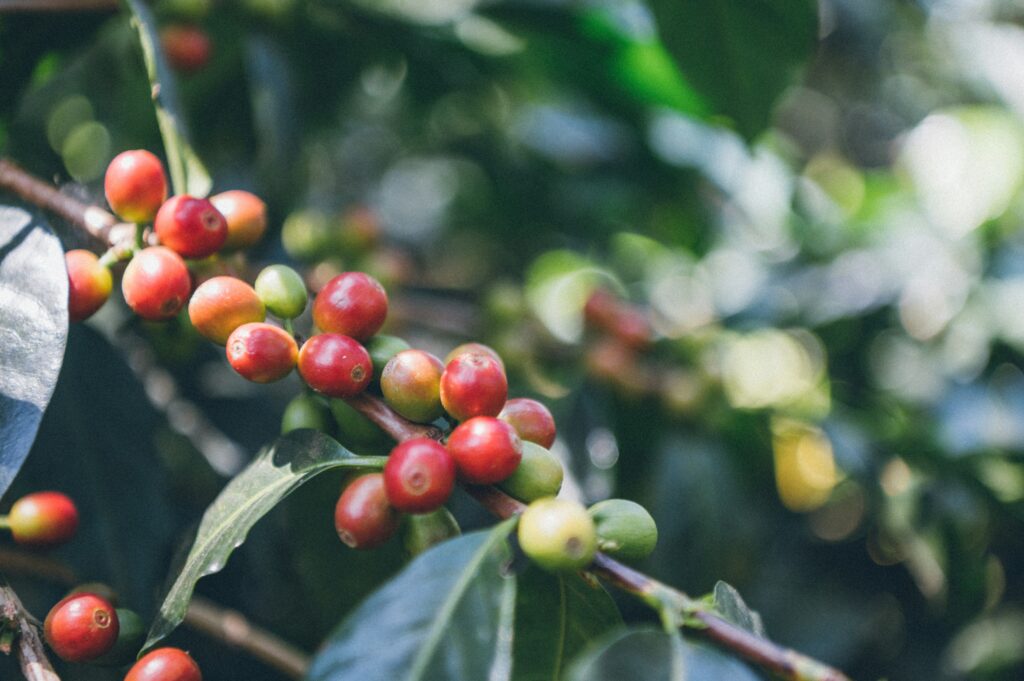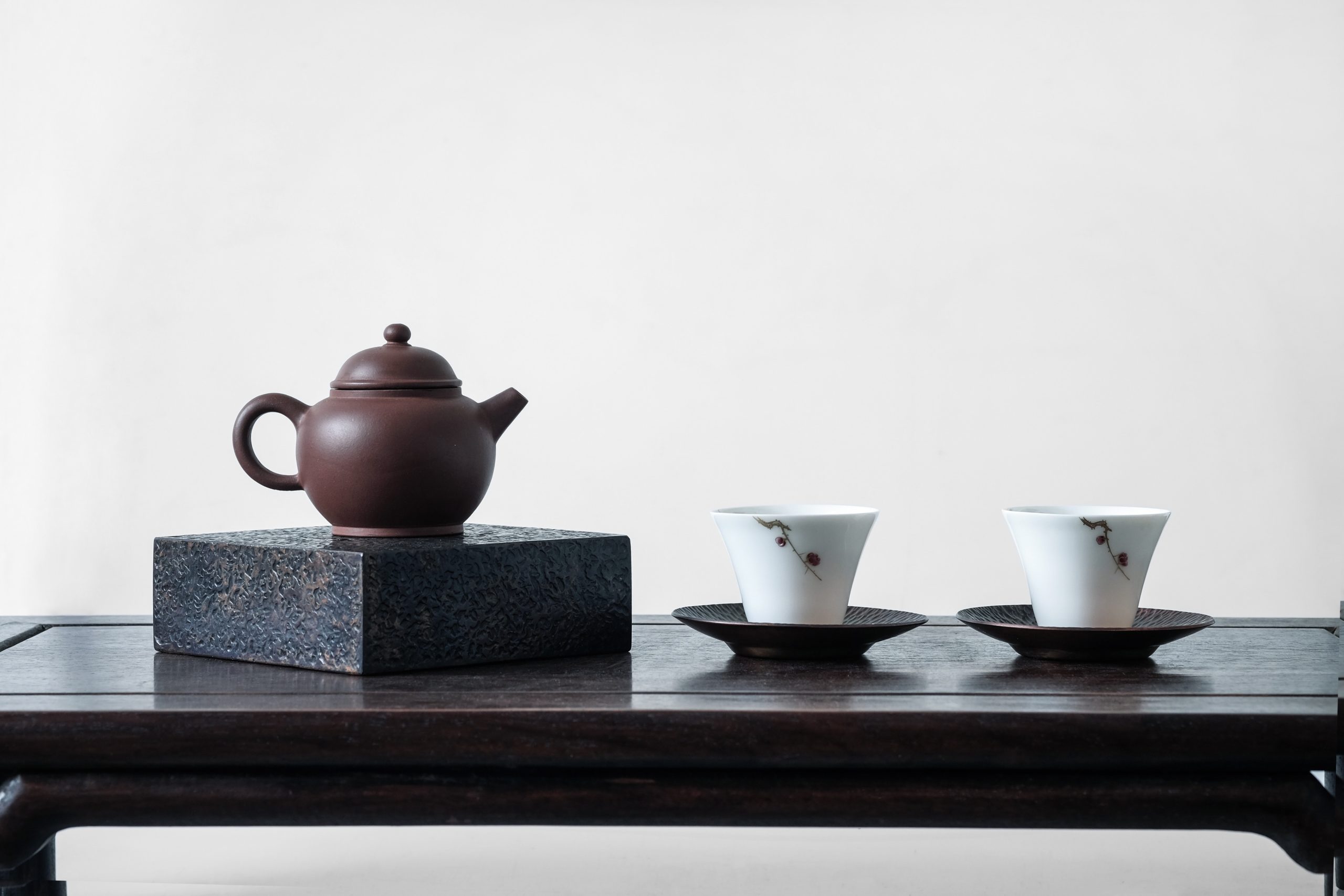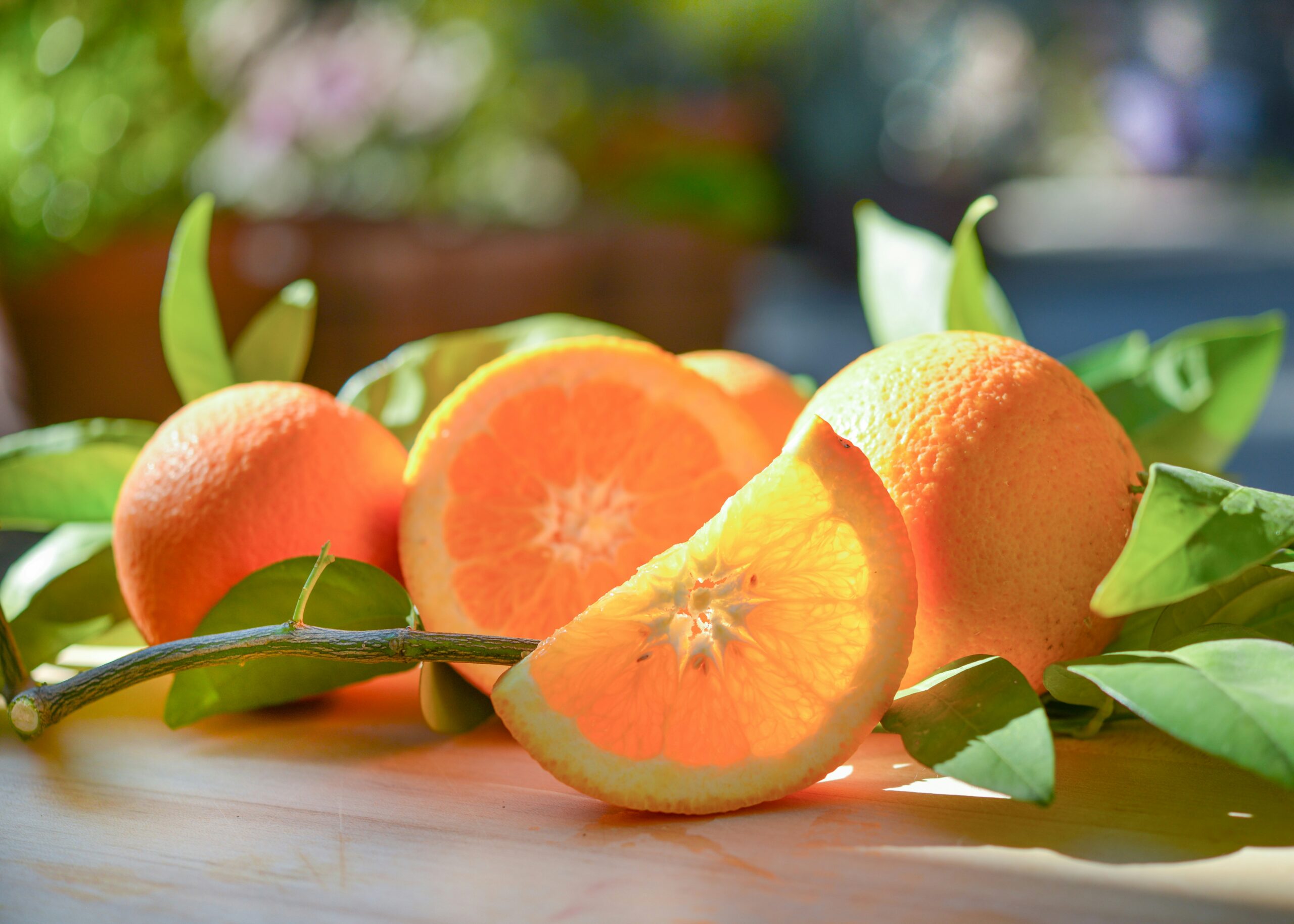Was Ceylon a Coffee Producer? The Start of Tea Cultivation Due to Coffee Rust Disease

How many people think of coffee when they hear “Ceylon”? Probably very few, as most would associate it with tea. Today, Ceylon is renowned worldwide as a producer of famous tea, but its history actually began with coffee plantations.

Ceylon and Coffee: The Untold History
In the mid-19th century, Ceylon (now Sri Lanka) thrived as a major coffee-producing region. The rich soil and suitable climate of Ceylon made coffee a successful main industry, with many plantations flourishing.
The Spread of Coffee Rust: The Crisis of the Coffee Industry
However, this prosperity was short-lived. In the late 1860s, Ceylon’s coffee plantations were struck by a devastating disease known as “coffee rust.” Coffee rust causes spots on coffee leaves and ultimately destroys the entire tree. This disease had a catastrophic impact on Ceylon’s coffee industry, causing widespread devastation of plantations and significant economic damage.
Transition to Tea: The Achievements of James Taylor from Scotland
In this critical situation, planters sought new crops and turned their attention to tea. James Taylor, a Scotsman, successfully established tea cultivation in Ceylon, leading to a transition from coffee to tea. Taylor introduced Assam tea to Ceylon and began cultivation, which was a resounding success. Ceylon once again gained recognition as a major tea-producing region.
James Taylor: Revered as the “God of Ceylon Tea”
The people of Ceylon, saved by tea cultivation, revered James Taylor as the “God of Ceylon Tea” and deeply respected his achievements. His efforts and innovations revitalized Ceylon economically and established it as a globally renowned tea-producing region.
The Historical Parallels of Preferred Beverages: Commonalities Between Wine and Tea
In the world of wine, there was also a past of devastating diseases affecting producers. One such disease was phylloxera, an insect pest. Phylloxera was first observed in France in the early 1860s, so both coffee and wine industries faced similar crises around the same time. The wine industry overcame this crisis by grafting vines onto phylloxera-resistant rootstocks.
For those who love both wine and coffee, it can be a bit unsettling to think that these beloved beverages faced crises simultaneously in the past. Diseases have a significant impact on crops, reminding us that these preferred beverages are also plants and living entities. Learning about such histories makes us appreciate the reality of enjoying these beverages. As I wrote this article, I felt a renewed sense of gratitude for the ability to enjoy these preferred drinks.
おすすめ記事
最新記事

著者情報/ teploについて

teploは「美味しいお茶を世界中に届ける」というミッションを掲げるお茶のブランドです。
お茶メディアの運営、茶葉の買付・販売、お茶の抽出機の開発・販売、飲食店にむけたお茶のメニュー開発・レシピ開発等を総合的にサポートしています。
teploのメールマガジンに登録
お茶に関する旬な情報や豆知識を漏れなく受け取りたい!そんな方は以下の登録フォームでメールアドレスをご登録ください。
teploから最新の情報をメールマガジンでお送りいたします。
(※1) プライバシーポリシーを必ずお読みいただき、ご同意の上、登録してください。
(※2) info@load-road.comおよびhello.japan@load-road.comからのメールが受信できるようにご設定ください。



